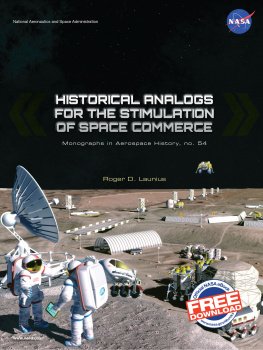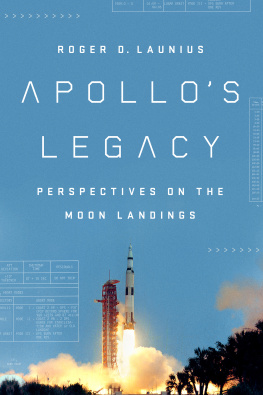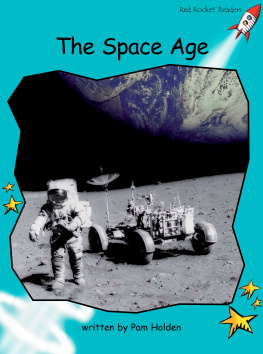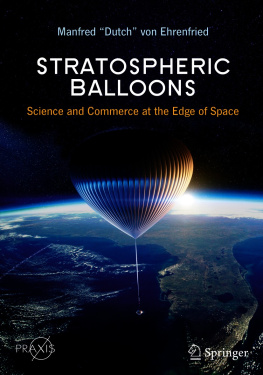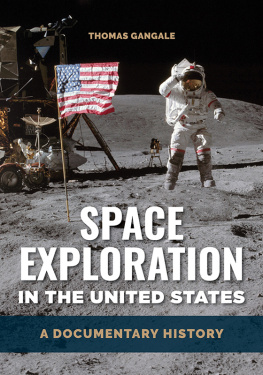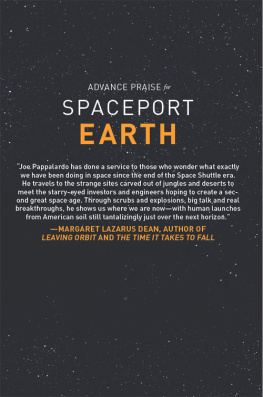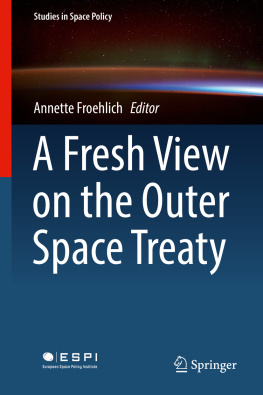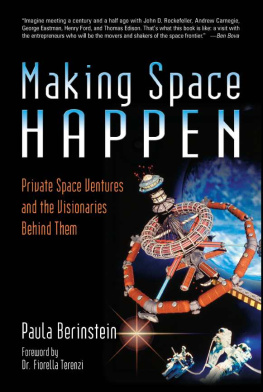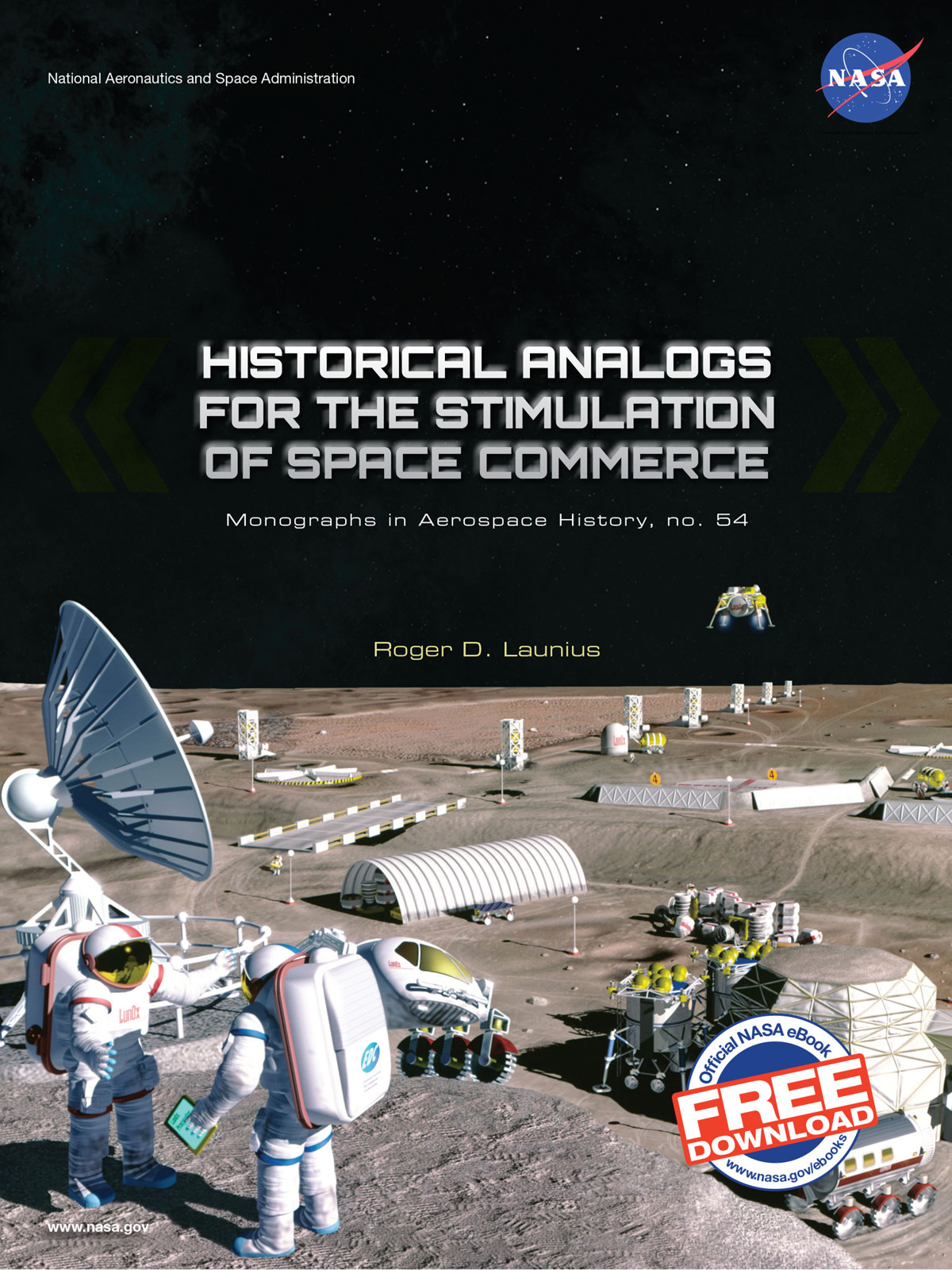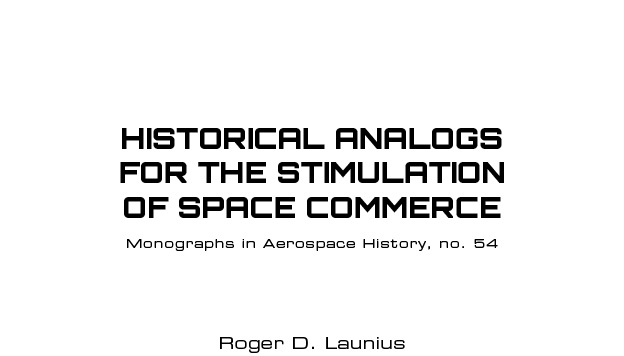Roger D. Launius - Historical Analogs for the Stimulation of Space Commerce
Here you can read online Roger D. Launius - Historical Analogs for the Stimulation of Space Commerce full text of the book (entire story) in english for free. Download pdf and epub, get meaning, cover and reviews about this ebook. year: 2014, publisher: NASA, genre: Politics. Description of the work, (preface) as well as reviews are available. Best literature library LitArk.com created for fans of good reading and offers a wide selection of genres:
Romance novel
Science fiction
Adventure
Detective
Science
History
Home and family
Prose
Art
Politics
Computer
Non-fiction
Religion
Business
Children
Humor
Choose a favorite category and find really read worthwhile books. Enjoy immersion in the world of imagination, feel the emotions of the characters or learn something new for yourself, make an fascinating discovery.
- Book:Historical Analogs for the Stimulation of Space Commerce
- Author:
- Publisher:NASA
- Genre:
- Year:2014
- Rating:5 / 5
- Favourites:Add to favourites
- Your mark:
Historical Analogs for the Stimulation of Space Commerce: summary, description and annotation
We offer to read an annotation, description, summary or preface (depends on what the author of the book "Historical Analogs for the Stimulation of Space Commerce" wrote himself). If you haven't found the necessary information about the book — write in the comments, we will try to find it.
Author
Roger D. Launius is a senior curator in the Division of Space History at the Smithsonian Institutions National Air and Space Museum in Washington, D.C. Between 1990 and 2002 he served as chief historian of the National Aeronautics and Space Administration. A graduate of Graceland College in Lamoni, Iowa, he received his Ph.D. from Louisiana State University, Baton Rouge, in 1982 and worked as a civilian historian with the United States Air Force until 1990.
He has written or edited more than twenty books on aerospace history, among others including Smithsonian Atlas of Space Exploration (HarperCollins, 2009); Robots in Space: Technology, Evolution, and Interplanetary Travel (Johns Hopkins University Press, 2008); Space Stations: Base Camps to the Stars (Smithsonian Books, 2003; 2nd ed. 2009), which received the AIAAs history manuscript prize; Flight: A Celebration of 100 Years in Art and Literature (Welcome Books, 2003); Reconsidering a Century of Flight (University of North Carolina Press, 2003); To Reach the High Frontier: A History of U.S. Launch Vehicles (University Press of Kentucky, 2002); Imagining Space: Achievements, Possibilities, Projections, 1950-2050 (Chronicle Books, 2001); Innovation and the Development of Flight (Texas A&M University Press, 1999); NASA & the Exploration of Space (Stewart, Tabori, & Chang, 1998); Frontiers of Space Exploration (Greenwood Press, 1998, rev. ed. 2004); Spaceflight and the Myth of Presidential Leadership (University of Illinois Press, 1997); and NASA: A History of the U.S. Civil Space Program (Krieger Publishing Co., 1994, rev. ed. 2001).
He is also involved in other historical studies. His book, Joseph Smith III: Pragmatic Prophet (University of Illinois Press, 1988), won the prestigious Evans Award for biography. He has also published Differing Visions: Dissenters in Mormon History (University of Illinois Press, 1994), Cultures in Conflict: A Documentary History of the Mormon War in Illinois (Utah State University Press, 1995), Kingdom on the Mississippi Revisited: Nauvoo in Mormon History (University of Illinois Press, 1996), and several others. Alexander William Doniphan: Portrait of a Missouri Moderate (University of Missouri Press, 1997), discusses the role of the vital center in American politics during the Mexican-American War and sectional conflict.
More recently he has been studying the relationship of baseball to American culture and has published, Charlie Finley: The Outrageous Story of Baseballs Super Showman (Walker and Co., 2010), and Seasons in the Sun: The Story of Big League Baseball in Missouri (University of Missouri Press, 2002).
He served as a consultant to the Columbia Accident Investigation Board in 2003 and presented the prestigious Harmon Memorial Lecture in Military History at the United States Air Force Academy in 2006. In addition, he is a Fellow of the American Association for the Advancement of Science, the International Academy of Astronautics, and the American Astronautical Society, and Associate Fellow of the American Institute for Aeronautics and Astronautics. He is frequently consulted by the electronic and print media for his views on space issues, and has been a guest commentator on National Public Radio and all the major television networks.
Roger D. Launius: author's other books
Who wrote Historical Analogs for the Stimulation of Space Commerce? Find out the surname, the name of the author of the book and a list of all author's works by series.

